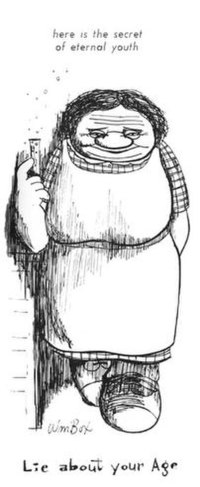
The National Cartoonists Society (NCS) is an organization of professional cartoonists in the United States. It presents the National Cartoonists Society Awards. The Society was born in 1946 when groups of cartoonists got together to entertain the troops. They enjoyed each other's company and decided to meet on a regular basis.

Robert Dennis Crumb is an American cartoonist who often signs his work R. Crumb. His work displays a nostalgia for American folk culture of the late 19th and early 20th centuries, and satire of contemporary American culture.

Addison Morton Walker was an American comic strip writer, best known for creating the newspaper comic strips Beetle Bailey in 1950 and Hi and Lois in 1954. He signed Addison to some of his strips.
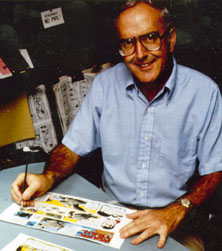
A cartoonist is a visual artist who specializes in both drawing and writing cartoons or comics. Cartoonists differ from comics writers or comics illustrators/artists in that they produce both the literary and graphic components of the work as part of their practice.
Randy Glasbergen was an American cartoonist and humorous illustrator best known for three decades of newspaper syndication as well as a freelance career. He produced the syndicated strip The Better Half from 1982 to 2014.
American Greetings Corporation is a privately owned American company and is the world's second largest greeting card producer behind Hallmark Cards. Based in Westlake, Ohio, a suburb of Cleveland, the company sells paper greeting cards, electronic greeting cards, gift packaging, stickers and party products. In addition, the company owns the Carlton Cards, Tender Thoughts, Papyrus, Recycled Paper Greetings and Gibson brands.

A greeting card is a piece of card stock, usually with an illustration or photo, made of high quality paper featuring an expression of friendship or other sentiment. Although greeting cards are usually given on special occasions such as birthdays, Christmas or other holidays, such as Halloween, they are also sent to convey thanks or express other feelings.

John Burton Davis Jr. was an American cartoonist and illustrator, known for his advertising art, magazine covers, film posters, record album art, and numerous comic book stories. He was one of the founding cartoonists for Mad in 1952. His cartoon characters are characterized by extremely distorted anatomy, including big heads, skinny legs, and large feet.
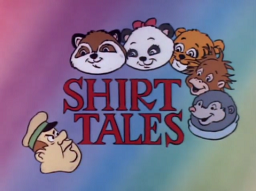
Shirt Tales are characters that were created in 1980 by greeting card designer Janet Elizabeth Manco and were featured on Hallmark Cards greeting cards. The characters were adapted into a 1982-1985 animated series for television, by Hanna-Barbera Productions, which aired on NBC.
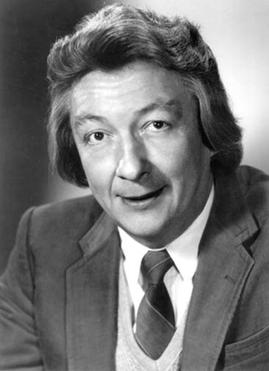
Thomas Albert Wilson, was an American cartoonist. Wilson was the creator of the comic strip Ziggy, which he drew from 1971 to 1987. The strip was then continued by his son, Tom Wilson Jr.

William Pierce Hoest was an American cartoonist best known as the creator of the gag panel series, The Lockhorns, distributed by King Features Syndicate to 500 newspapers in 23 countries, and Laugh Parade for Parade. He also created other syndicated strips and panels for King Features.
Bob StaakeSTAK is an American illustrator, cartoonist, children's book author and designer. He lives and works in Chatham, Massachusetts on the elbow of Cape Cod.

Cleven "Goodie" Goudeau was an art director and cartoonist, credited as originator of the first line of African American contemporary greeting cards. He held the record at one time for the longest card, and produced the first nationally published card featuring a Black Santa Claus.

Woodrow Gelman was a publisher, cartoonist, novelist and an artist-writer for both animation and comic books. As the publisher of Nostalgia Press, he pioneered the reprinting of vintage comic strips in quality hardcovers and trade paperbacks. As an editor and art director for two-and-a-half decades at Topps Chewing Gum, he introduced many innovations in trading cards and humor products.

Hallmark Cards, Inc. is a privately held, family-owned American company based in Kansas City, Missouri. Founded in 1910 by Joyce Hall, Hallmark is the oldest and largest manufacturer of greeting cards in the United States. In 1985, the company was awarded the National Medal of Arts.
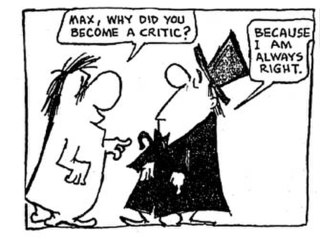
The Nebbishes was a syndicated Sunday comic strip by Herb Gardner, better known today as a playwright and screenwriter. The strip was syndicated by the McNaught Syndicate from January 4, 1959, to January 29, 1961.
The 39th Annual Annie Awards honoring the best in animation of 2011 were held on February 4, 2012, at Royce Hall in Los Angeles, California.

Harry Hargreaves was an English cartoonist, best remembered for The Bird, which he produced for Punch, and for Hayseeds in the London Evening News.
Brian Gordon is an American cartoonist, and creator of the webcomics Fowl Language, Frankie Fearless, and Chuck & Beans.


